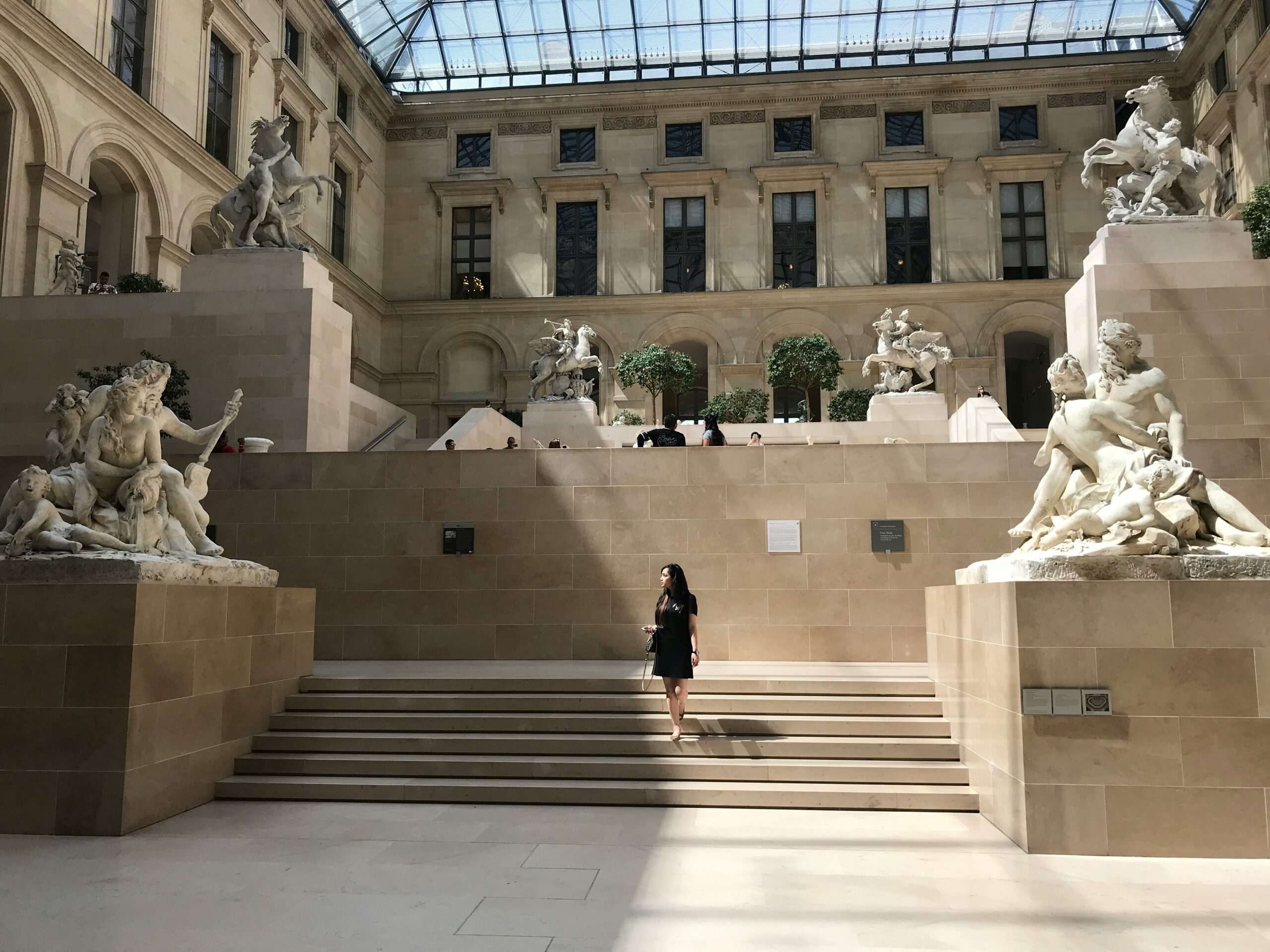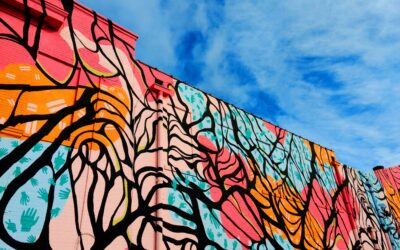Art is not just about visual beauty — it is a universal language that connects people across time, place, and cultural backgrounds. In every stroke, carving, or note lies heritage, identity, and an ongoing dialogue.
1. Art as a Reflection of Culture
Every culture has its unique ways of expressing values, beliefs, and stories through art.
In traditional dances, body movements convey spiritual meanings or ancestral history.
In batik patterns or wood carvings, symbols represent life philosophies.
Art is not just an aesthetic result — it’s a visual documentation of cultural values passed down through generations.
Here, art becomes a guardian of a community’s collective memory.
2. Cross-Cultural Dialogue Through Artworks
When artworks meet across cultures, a space for enriching dialogue emerges.
Contemporary artists often combine traditional elements from different cultures with modern approaches.
Examples include:
Abstract paintings inspired by ethnic textile patterns
Art installations addressing colonialism or migration issues
Experimental music blending local instruments with digital technology
This is not merely a “mixing of styles” but a creation of a new space to ask:
Who are we in this interconnected world?
3. The Challenge: Appreciation or Appropriation?
However, when art travels across cultures, ethical questions arise:
Are we appreciating or taking without deep understanding?
Using cultural elements without grasping their context can become cultural appropriation.
For example, wearing spiritual symbols as mere accessories or copying traditional painting styles without acknowledging their sacred meanings.
Thus, it’s important for artists to reflect:
Why am I using this element?
Do I understand its meaning?
Am I giving voice to the culture of origin?
4. The Artist’s Role as a Bridge
Today’s artists have a unique role: not only creators but also cultural connectors.
Through their work, they open discussions about identity, diversity, and complex histories.
Some artists choose to:
Explore their own cultural roots and present them in new ways
Collaborate directly with cultural communities
Use art as a medium for education and cultural healing
Art can be a bridge—not just to unite differences but to understand the depth of each culture equally.
5. Art in a Global Era: Challenges and Opportunities
In a global era, art moves fast.
Works can spread worldwide in seconds. But meanings can get lost in this rapid flow.
This is both a challenge and opportunity:
How to maintain depth of meaning amidst visual overload?
How to create works that respect culture, not just follow “trends”?
The key lies in awareness and honest intention.
Art born from understanding and empathy speaks louder than mere visual imitation.
6. Cultivating Cultural Appreciation Through Art
Through art, we can learn about other cultures without physically traveling.
Exhibitions, films, music, even public murals become gateways to understanding different ways of life.
Even abstract art can carry cultural nuances — through color palettes, shapes, or composition rhythms.
What matters is not how “traditional” or “modern” a work is, but how it conveys cultural values honestly and meaningfully.
Conclusion
Art and culture are inseparable.
Art is born from culture, and culture lives through art.
In an increasingly connected world, art’s role as a cultural bridge becomes ever more vital.
Because ultimately, art is a language of humanity—and every culture has a story worth hearing.




